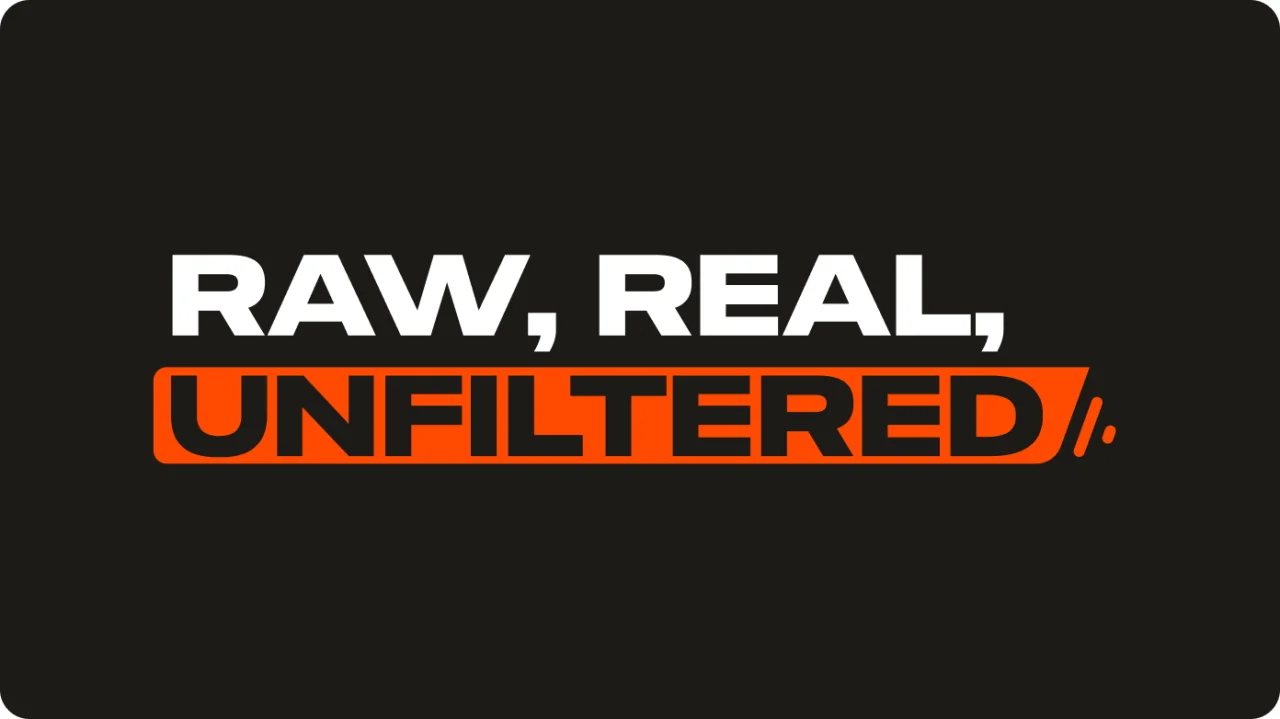Business Management
How to Pay Yourself Legally Without Paying a Fortune in Taxes
Make a decent living off your business
AUTHOR
PUBLISHED



You started this company to make a living—so start treating your compensation like it matters.
Key Takeaways

GET BIZEE PODCAST
Join us as we celebrate entrepreneurship and tackle the very real issues of failure, fear and the psychology of success. Each episode is an adventure.

